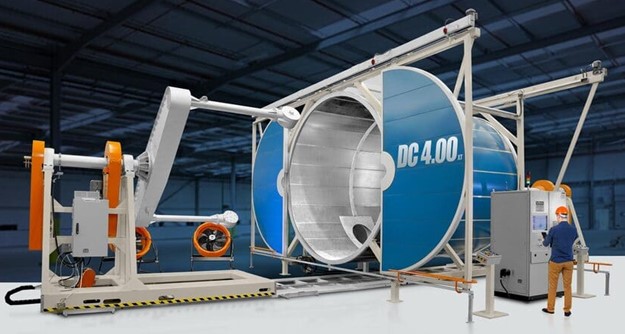The Rotomolding Process: Cost-Effective and Versatile Production
The Rotomolding Process: Cost-Effective and Versatile Production
Blog Article
Rotational molding, also known by the name of Plastics Rotomolding, has revolutionized the manufacturing process of solid and reliable plastic items. From sturdy water tanks to intricately designed custom components Rotomolding has proved its worth as a top manufacturing method that is flexible and high quality. What is it that is it that makes it so efficient? Here's a deeper analysis of the procedure along with its benefits and the impact it has on various industries.

The Rotomolding Process
Rotomolding is a straightforward but highly precise procedure. Then, the powdered resin is placed in a mold. The closed mold is then moved along two perpendicular axes in an oven. This heat melts powder, ensuring an even distribution over the mold's surfaces. When the product is created, it's cooled, solidified, then removed from the mold, ready to use.
This technique allows for unmatched design flexibility, enabling manufacturers to create products with complex designs and uniform wall thicknesses and with a high degree of durability. This is particularly beneficial for large, hollow structures, which might not be feasible using other methods of manufacturing.
Why Rotomolding is a Game-Changer
Rotomolding stands apart for a variety of important reasons:
Durability Products produced by Rotomolding are extremely durable and can withstand tough environmental conditions, making them suitable for industrial and outdoor use.
Cost-Effectiveness The molds that are used for rotational molding are fairly inexpensive when compared to blow or injection molding, making it a budget-friendly choice for both large and smaller production run.
Customization The capability to produce intricate designs and varied sizes guarantees that products can be customized to the individual needs of customers.
Low Waste: Rotomolding is inherently efficient, making use of materials to its maximum extent and with minimal waste, supporting sustainable production practices.
Applications Across Industries
Rotomolding is the backbone of many industries, contributing to the production of outdoor furniture, storage tanks playground equipment, automobile parts and marine products such as kayaks. Its flexibility and adaptability to various substances, including UV-stabilized resins, makes it a preferred choice for long-lasting products that are exposed to different conditions.

With its combination of high-precision, durability, and cost-efficiency, rotomolding continues to define modern manufacturing. It's not surprising that this technique is recognized as a sustainable and dependable technique that will shape the future of high-quality plastic products.
Report this page